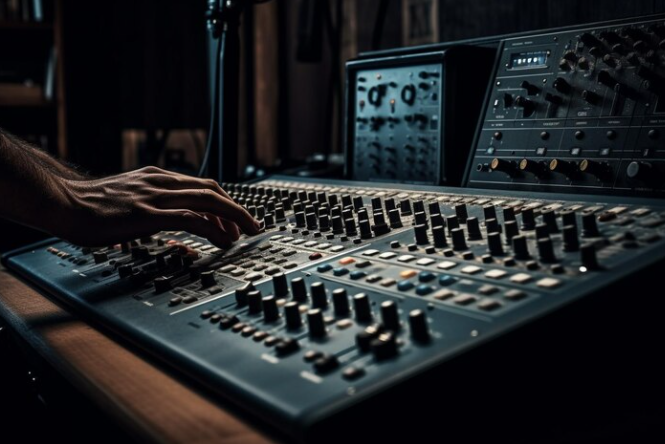Introduction: Sound design is a fascinating and integral aspect of various creative industries, ranging from film and television to video games and virtual reality experiences. It goes beyond simply capturing audio; creative sound design involves crafting immersive and emotionally resonant auditory experiences that enhance storytelling and captivate audiences. In this article, we will delve into the world of creative sound design, exploring its significance, techniques, and the role it plays in shaping our sensory perceptions.
The Significance of Sound Design:
- Emotional Impact: Sound has the power to evoke emotions, set the tone, and create a visceral connection with the audience. Whether it’s the suspenseful silence before a jump scare or the uplifting melody during a triumphant scene, sound design plays a crucial role in shaping the emotional landscape of a narrative.
- World-Building: In visual mediums like film and video games, sound design contributes to the creation of immersive worlds. The creaking of a door, the rustling of leaves, or the distant hum of a cityscape can transport audiences to different environments, enriching the overall storytelling experience.
- Character Development: Through sound, characters can be given a unique auditory identity. Footsteps, voice modulation, and distinctive sounds associated with specific characters can contribute to their development and help the audience connect with them on a deeper level.
Techniques in Creative Sound Design:
- Foley Artistry: Foley artists use everyday objects to create sound effects that synchronize with on-screen actions. The subtle art of foley adds authenticity to the auditory experience, making footsteps, door slams, and other sounds feel organic and natural.
- Ambient Soundscapes: Crafting ambient soundscapes involves creating a sonic backdrop that complements the visual setting. From the gentle hum of a bustling market to the distant echoes of a forest, ambient soundscapes enhance the sense of place and contribute to the overall atmosphere.
- Experimental Techniques: Creative sound designers often experiment with unconventional techniques and tools to produce unique and memorable auditory elements. This could include manipulating recordings, incorporating synthesized sounds, or even using unexpected sources to generate distinctive effects.
The Evolution of Sound Design in Technology: Advancements in technology have significantly expanded the possibilities of creative sound design. From spatial audio technologies that enable three-dimensional sound experiences to sophisticated software tools that allow for precise manipulation of audio elements, the evolution of technology has empowered sound designers to push the boundaries of creativity.
Conclusion: Creative sound design is a dynamic and evolving art form that adds depth, emotion, and authenticity to various media productions. As technology continues to advance, sound designers have an ever-expanding toolkit to create innovative and immersive auditory experiences. Whether it’s a blockbuster film, a virtual reality game, or an interactive online experience, the art of sound design remains a crucial element in captivating audiences and enhancing storytelling.







